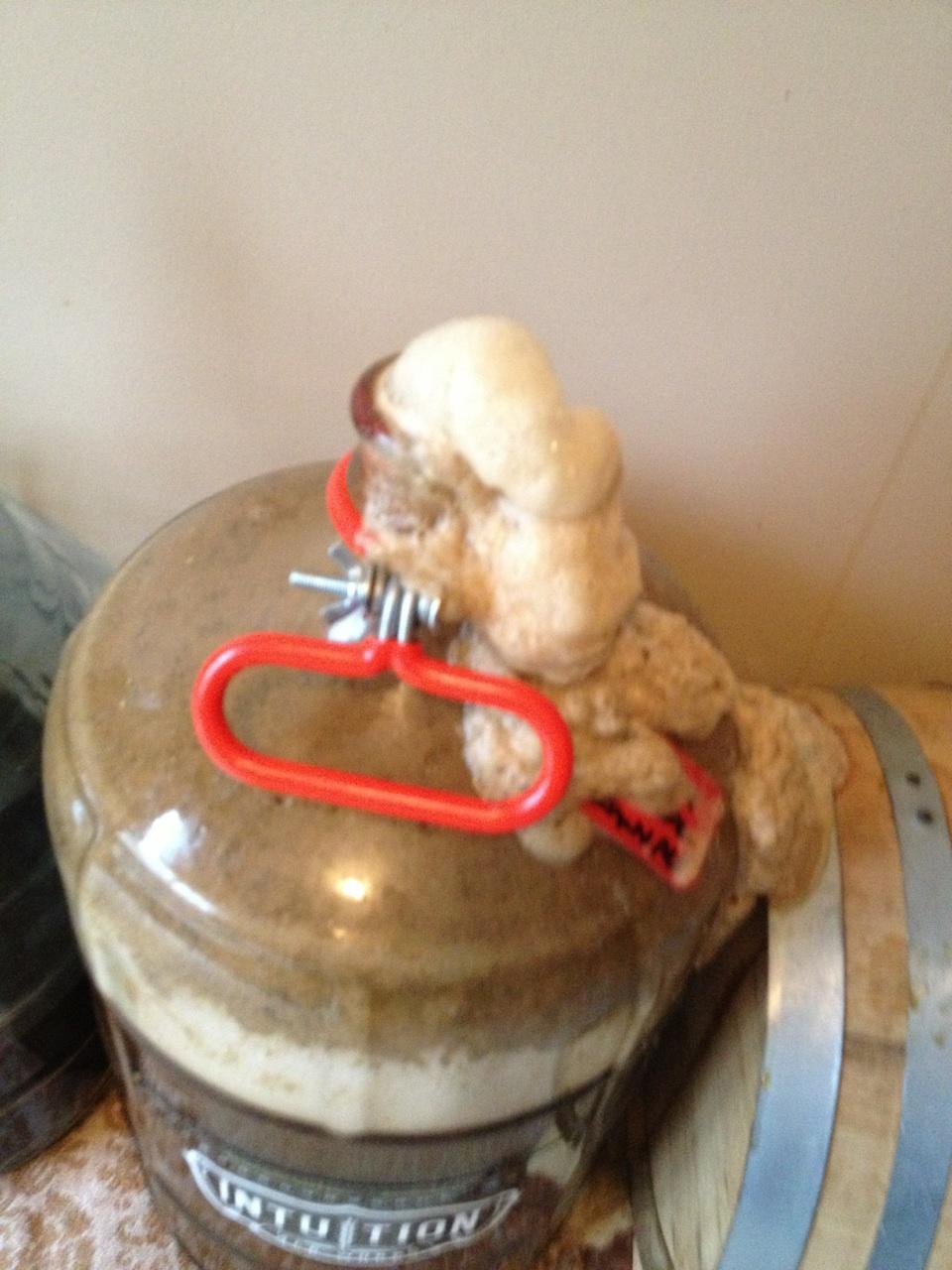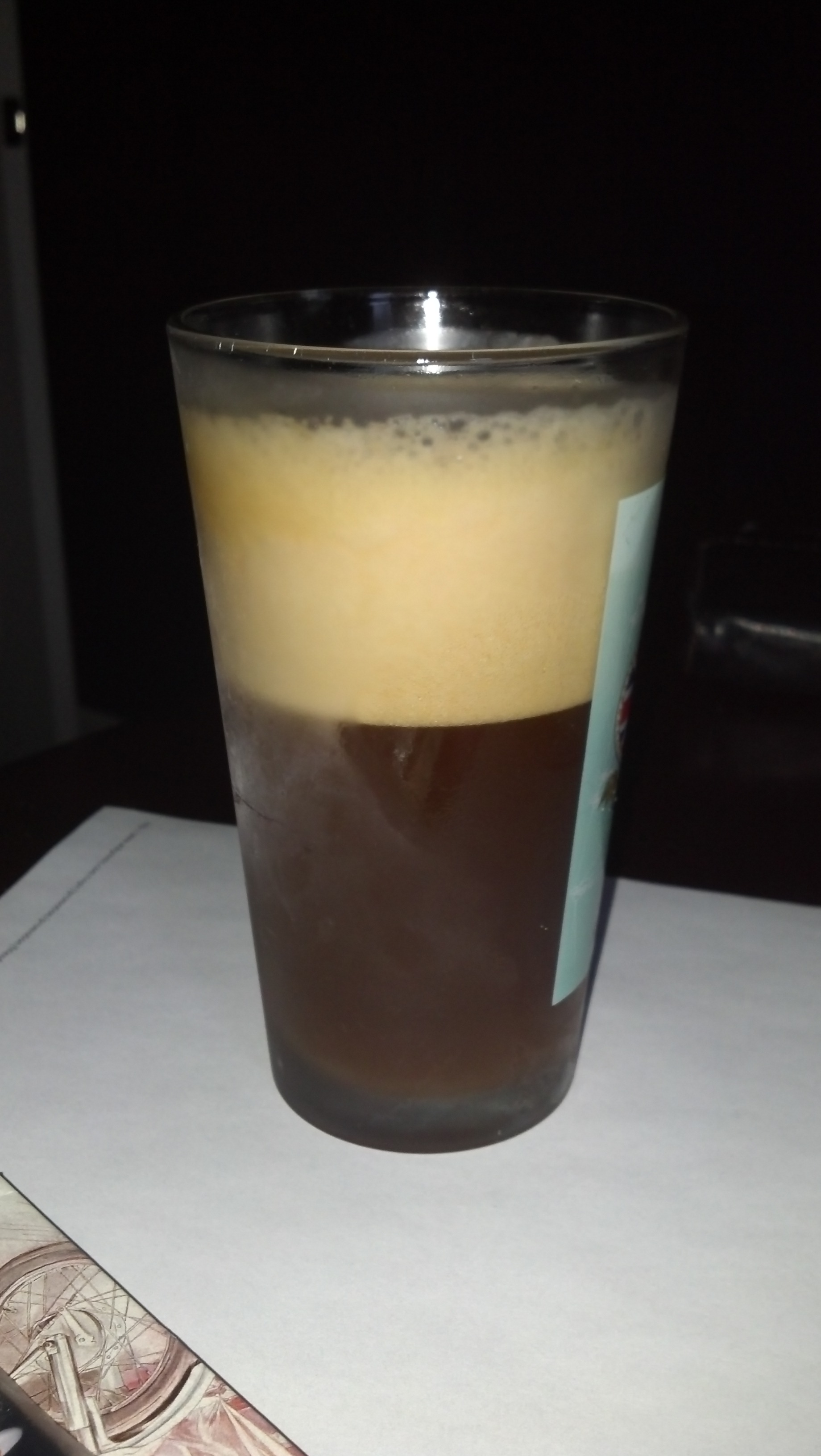Suthrncomfrt1884
Well-Known Member
I usually ferment mine at 66 now, so you'll be fine. It'll help cut down on aging time too.

Thanks for the tip. The closet I ferment in typically stays at about 65 ambient - I would expect that would work.
Thoughts?
That should work. Also, if you can make a starter, it would be highly beneficial. With this big of a beer, it will help lower the amount of time needed to age and mellow this one out.
I didn't and as I mentioned, fermented at 72, and really wish I would have. I'm still relatively new at brewing, but after reading the ill effects of underpitching rates and high fermentation temps, you can taste the off flavors in the beer.
It's still good beer, but it could have been better! Good luck and enjoy, it's a knockout brown!
I usually ferment mine at 66 now, so you'll be fine. It'll help cut down on aging time too.
I will note that I made substitutions to the grain bill, based on the fact that I was mail ordering from AHS and they either didn't have everything (or, more likely, I didn't know what I was looking for). I did try to read the descriptions and substitute closely, but if I made major mistakes... well, I'll try to RDWHAHB.
Original recipe (my grain in parenthesis):
Fermentables:
1 lbs. German Light Munich (I ordered "Munich Malt")
.5 lbs. American Caramel 40°L (I went with Crystal 40°L )
.5 lbs. Crystal Malt 20°L (they had this as described)
.5 lbs. American Chocolate Malt (I went with "Chocolate Malt")
The Munich and the Chocolate seem pretty obvious to me; the American Caramel required me to read descriptions and make a best guess. Any thoughts as to how far off I'll be?
Thanks!
Those subs look good. Caramel and crystal are the same thing anyways...just different names from different maltsters.










Thanks for the advice! I actually purchased two smack packs, but decided that might not be enough (if my math is right, I need almost 300 billion cells), so I did make my first starter for this one. I let it fully ferment, then stuck it in the fridge - I plan to decant and pitch it, along with the second smack pack.
In retrospect, the start is probably enough, and if I was worried, I could have stepped it up... but I have the second pack of yeast, and I hate to let it go to waste. None of the brews in my immediate plans call for this yeast, so I'm just going to use it.
If that's a major mistake, I'd of course love to know that BEFORE I do it.
Nope, that looks good. If you don't have any plans for your second smack pack, it won't hurt throwing that in there as well. Good luck!
Also, I did one more substitution than I had mentioned before... when I was ordering my LME, they didn't have "light". I ended up going half and half with amber and extra pale. I expect that my beer will be a little darker because of it, but I doubt that will be an issue.
Thoughts?
That's amazing you came out with a 1.100 reading. That thing is going to be a beast. You will be glad you made that starter and threw in some yeast nutrient, it will really help to break down that monster of a beer.
My guess is that your gravity readings are off. The only reason I say that is because kits are usually right on the money as far as starting gravity. There's nothing you can do to squeeze that much more fermentable sugars out of it. Even if you have steeping grains, there's just no way...
Extract is very precise on how much potential sugar you will get out of it.
I pulled a gravity reading last night, after three weeks in primary. 1.015, so fermentation should be complete. I plan to leave it another week in primary to clean up a bit, then I'll rack it to secondary for clarifying, batch aging, and opening up my primary for the next brew.
I'm going to leave this one for at least two weeks in secondary before I bottle. I wonder if I'd hurt anything by leaving it a full month?
Incidentally, even though my sample did have some hop gunk in it, it was surprisingly tasty! Sweeter than I expected, but not at all cloying, and smoother than I was expecting (no bad alcohol bite at all)... I am really excited to see how this one turns out.
I had worried a bit that I had scorched the LME; I knew that I had perhaps come close, and my original taste on brew day was fairly bitter, even smoky. That's all gone now.
That's good to hear it turned out well. Were you able to control your fermentation tempuratures? That seems like it would really helps keep a lot of the esters and strong alcohol tastes down.
I left mine in a secondary for 2 months before bottling it. A month won't hurt, and batch aging will really help the flavors of this big beer come together.
Would I still need a starter for a 2.5 gallon batch?


